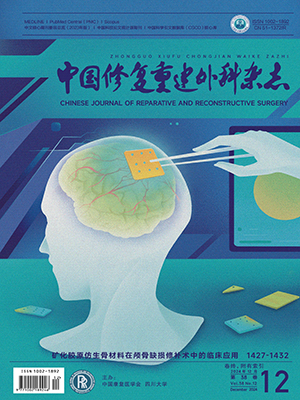Objective To summarize the techniques of the total hip arthroplasty in the treatment of osteoarthritis secondary to developmental dysplasia of the hip joint(DDH). Methods Between February 1986 and November2004, a total of 32 hips in 24 patients with advanced osteoarthritis secondary to DDH underwent the total hip arthroplasty. Among the patients, 4 were male and 20 were female, with their ages ranging from33 to 59 years and an average age of 47 years. The bilateral arthroplasty was performed in 8 patients and the unilateral arthroplasty in 16 patients. The patients mainly suffered from pain and claudication. According to the Hartofilakidis classification, semi-dislocation occurred in 2 hips, lowdislocation in 21 hips,and high-dislocation in 9 hips; and the Harris scores before operation were 56.70±2.75, 36.09±4.16, and 29.45±2.16, respectively. Results All the patients were followed up for 6 months to 8 years (averaged 3 yearsand 4 months). The Harris scores after operation were 93.10±2.10,92.7±3.20,and 88.09±3.67,respectively. The differences between peroperation and postoperation were significant(P<0.01). All the patients were pain-free and there wasno sign of aseptic loosening and subsidence. Conclusion The total hip arthroplasty is an effective method for the treatment of osteoarthritis secondary to DDH. The key techniques for the total hip arthroplasty are as follows: deepening the medial wall of the acetabulum, improving the techniques of the bone graft, and firmly placing the acetabular component in the true acetabulum.
Citation: ZHANG Xia,ZHOU Yue,REN Xianjun,et al.. TOTAL HIP ARTHROPLASTY FOR TREATMENT OF DEVELOPMENTAL DYSPLASIA OF THE HIP. Chinese Journal of Reparative and Reconstructive Surgery, 2006, 20(6): 647-650. doi: Copy
Copyright © the editorial department of Chinese Journal of Reparative and Reconstructive Surgery of West China Medical Publisher. All rights reserved




